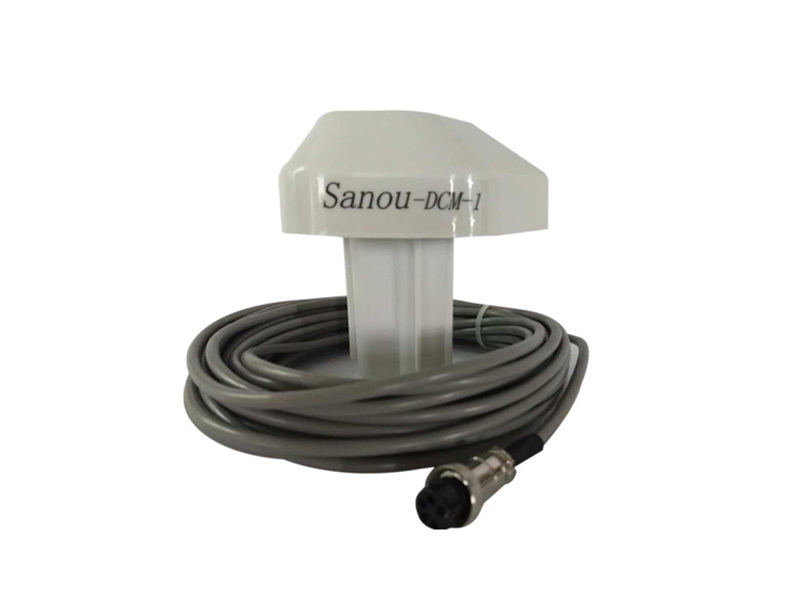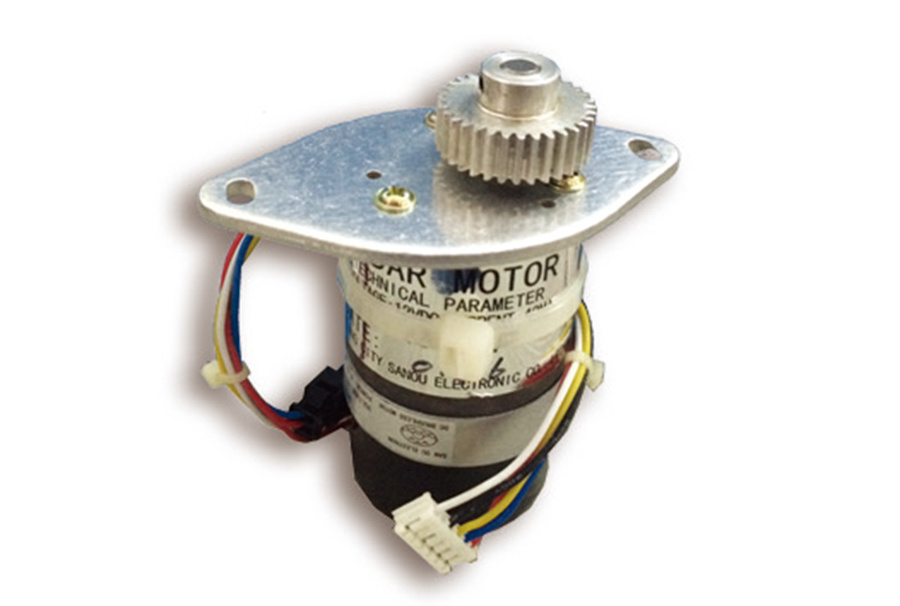News Center
Understanding Radar Modules: The Key to Modern Electronic Applications
At their core, radar modules emit radio waves and analyze the signals reflected from objects in their vicinity. This process involves transmitting a signal, receiving the echo, and processing the data to ascertain the distance, speed, and direction of the detected objects. The efficiency of radar modules stems from their ability to operate in diverse environmental conditions, making them suitable for both indoor and outdoor applications.
In the electronic component industry, radar modules are increasingly being integrated into systems that require high precision and reliability. For instance, in automotive technologies, radar systems are vital for advanced driver-assistance systems (ADAS). They enable functionalities such as adaptive cruise control, collision avoidance, and blind-spot detection, significantly enhancing vehicular safety.
Moreover, radar modules are essential in industrial settings for automation and monitoring purposes. They can be employed for object detection on production lines, ensuring that machinery operates smoothly without interruptions caused by unexpected obstructions. Their ability to penetrate various materials also makes them beneficial in logistics and inventory management, where they can facilitate accurate tracking of goods.
The integration of radar technology is also becoming pivotal in the Internet of Things (IoT) landscape. As smart devices proliferate, radar modules can enhance the functionality of these devices by providing real-time data on movement and environmental conditions. For example, in smart home systems, radar modules can enable presence detection, allowing systems to respond to occupants' movements seamlessly.
While the benefits of radar modules are numerous, it is essential to consider their design and implementation. The effectiveness of a radar module can depend on various factors, including the frequency of operation, antenna design, and signal processing capabilities. Engineers and designers must understand these intricacies to optimize radar module performance for specific applications.
In conclusion, radar modules represent a significant advancement in electronic components, particularly within the realms of integrated circuits and power modules. Their versatility and reliability continue to drive innovation across multiple industries, paving the way for smarter technologies and improved system efficiencies. As the demand for automation and intelligent systems grows, the importance of radar modules will undoubtedly expand, making them an integral part of future electronic solutions.
Related News
Understanding the Importance of the Furuno 1831 Radar Plug: A Comprehensive Guide
The Furuno 1831 radar plug, especially the 24-pin square variant, is a crucial component when it comes to radar level measurement in various industries. Understanding its significance can enhance the functionality and reliability of radar systems, which are vital for applications such as shipping, oil and gas, food processing, and many other sectors where precise measurements of levels are essenti
Case Studies: Successful Implementation of 12KVA Frequency Stabilizers in Power Distribution
Case Studies: Successful Implementation of 12KVA Frequency Stabilizers in Power Distribution Table of Contents Introduction to 12KVA Frequency Stabilizers The Importance of Frequency Stabilizers in Power Systems Case Study 1: Manufacturing Sector Case Study 2: Healthcare Facilities Case Study 3: Data Centers Case Study 4: Telecommunications Industry Common Benefits of
Understanding the Furuno 1832 Radar Motor: A Key Component in Marine Electronics
The Furuno 1832 radar motor is a component of Furuno's radar systems, which are widely recognized for their reliability and effectiveness in marine environments. Radar technology plays a pivotal role in ensuring safe navigation by detecting objects, such as other vessels, landmasses, and navigational hazards, which may not be visible to the naked eye, especially in adverse weather conditions. At t




